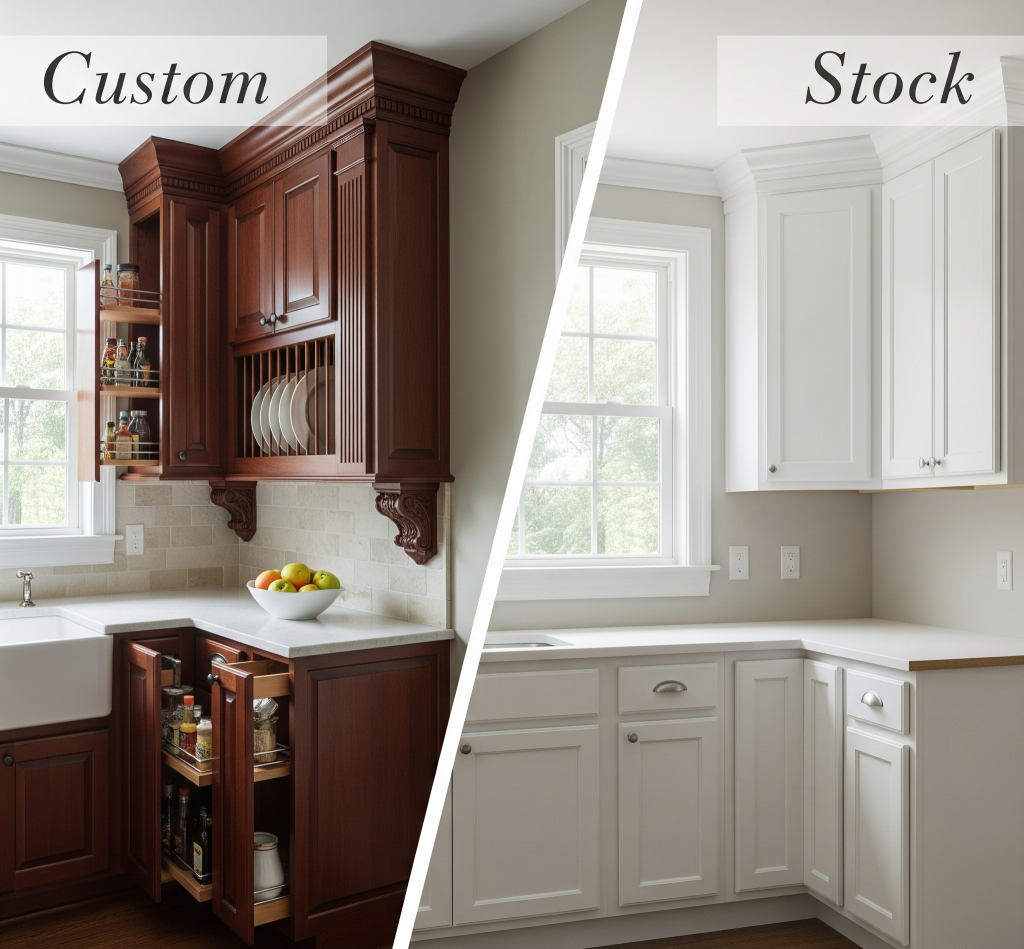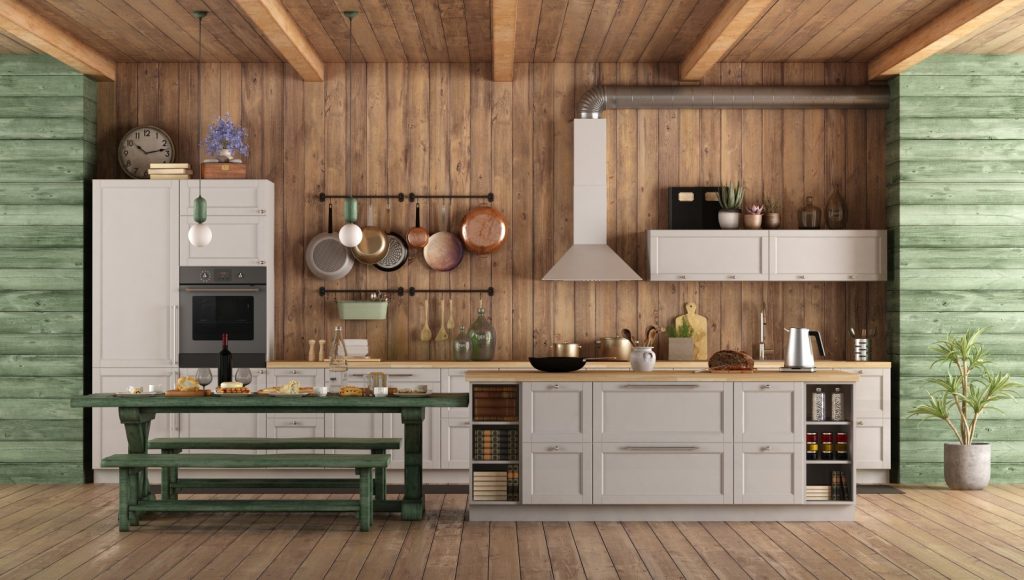Known for their affordability and durability, laminate and vinyl flooring are among the most popular flooring choices. Both come in a variety of styles that mimic hardwood, tiles, and stone, and both are easy to install. The difference between laminate vs vinyl flooring revolves around moisture resistance and maintenance. Choosing the right floor that suits your lifestyle and budget can be tricky.
Whether you are drawn to the appeal of laminate flooring or towards the charms of vinyl, hiring the services of professional flooring companies brings elegance and durability to your doorsteps with personalized solutions that suit your specific budget.
Laminate vs Vinyl Flooring
Are you thinking about revamping your space but not sure which flooring option suits your living style? Laminate and vinyl are the top contenders when it comes to affordable and durable flooring. The key difference lies in the composition, moisture resistance, and maintenance. It is essential to understand the pros and cons of both types of flooring options to make the right decision for your home. Search for affordable flooring near me and book your consultation to make an informed choice.
Here’s a breakdown of the laminate vs vinyl flooring before you envision your house.
Composition of Laminate and Vinyl Flooring
Laminate is a composite material made with layers of wood fibre strengthened with resin, with a printed image on top. The core layer is the backbone of the laminate and provides strength and stability to it. Vinyl flooring is entirely made up of synthetic material, mainly polyvinyl chloride (PVC), and it can replicate a variety of natural flooring styles.
Cost of Laminate and Vinyl Flooring
Laminate flooring costs an average of $1 to $4 per square foot in 2025, and purchasing 1000 square feet would cost $1000 to $4000. It is available in the form of planks only. Standard vinyl plank flooring costs $2 to $7 per square foot for the materials, while luxury vinyl ranges from $3 to $10 per square foot. Professional installation adds another $3 to $10 per square foot in labor costs, bringing the total between $2000 to $7000 for standard and $3000 to $10,000 for luxury vinyl.
Water Resistance of Laminate and Vinyl Flooring
Vinyl flooring is water-resistant and scratch-resistant, making it an ideal choice for moisture-prone areas like kitchens and bathrooms. Depending on the quality of installation, it can well handle moisture, spills, and pet mishaps. Laminate contains softwood fibre and offers less water resistance. It is not entirely waterproof and can handle splashes. Prolonged exposure to moisture can damage the material.
Appearance of Laminate and Vinyl Flooring
Laminate duplicating the wood look has a uniform appearance, but high-end laminates offer a textured appearance and a deep, realistic look. Thicker than vinyl, it provides more cushion underfoot and is scratch-resistant. Vinyl offers more design variety with the ability to mimic wood, ceramic, and stone. It offers a softer walking surface and is more comfortable to walk on.
|
Did you know? Vinyl flooring with embossed finishes that mimic the look and feel of natural materials like hardwood or ceramic tiles is trending in 2025. |
Maintenance of Laminate vs Vinyl Flooring
Laminate requires a cautious approach in cleaning, as a dampened mop can lead to water seeping in, causing warping. Vinyl is low maintenance with near constant foot traffic; however, damage is hard to repair. Regular sweeping, mopping, and vacuuming will extend the life of your vinyl flooring. You can prevent stains by wiping spills promptly using a dampened mop. Avoid the use of abrasives in both flooring types.
Heat Resistance of Laminate vs Vinyl Flooring
Both materials are heat resistant and can be laid over radiant heat flooring at temperatures up to 80 degrees. However, laminate distributes radiant heat more efficiently than vinyl. Luxury vinyl is designed to endure high temperatures without warping and fading.
Installation of Laminate vs Vinyl Flooring
Both are easy to install and a great DIY option. Vinyl is available in peel-and-stick, loose-lay, and click-lock varieties and can be placed on existing floors depending on the space. Laminate installation requires the preparation of the subfloor and some prep work. It is more expensive to install laminate, requiring your time and labor.
Lifespan of Laminate vs Vinyl Flooring
Vinyl lasts longer than laminate. Laminate is durable, but if exposed to water, it will start deteriorating and cannot be repaired. Vinyl can withstand high foot traffic and is cheaper to replace. Consult with your flooring retailer to understand which flooring type suits your living style.
Environmental Impact of Laminate vs Vinyl Flooring
Laminate flooring is eco-friendly and does not emit carbon or its byproducts. The core is made from recycled wood; however, unlike natural wood, laminate flooring is not biodegradable. The non-biodegradable nature of PVC makes it contribute to landfill waste; however, vinyl can be recycled, making it a sustainable flooring choice. Consult with the credible flooring services about options, prioritizing sustainable sourcing.
Conclusion
Choosing the right flooring that matches your lifestyle can be stressful. The laminate vs vinyl debate revolves around durability and affordability; however, the difference lies in maintenance and moisture resistance. Consulting with a professional flooring company helps you to make an informed choice about your home in line with your style and budget.
FAQs
Is vinyl better than laminate?
In terms of water resistance, it is better, making it ideal for kitchens and bathrooms.
What is the main drawback of vinyl?
It is prone to scratches and denting from heavy objects.
Can you mop laminate flooring?
Only without excess water and with products made especially for them.
How can we maintain vinyl floors?
Don’t use abrasive and harsh chemicals to clean it.
How long can vinyl flooring last?
It can last anywhere between 10 to 20 years.



